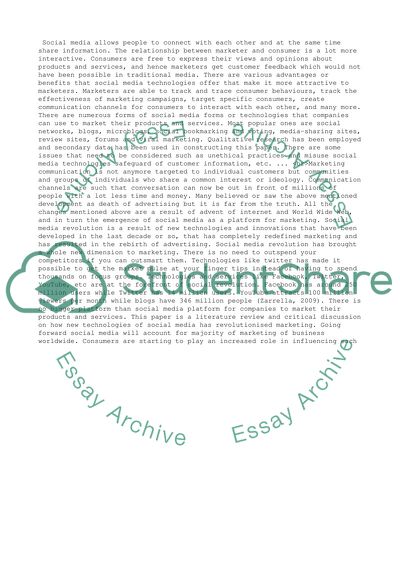Cite this document
(“Marketing and New Technology Essay Example | Topics and Well Written Essays - 2500 words”, n.d.)
Retrieved from https://studentshare.org/management/1397191-marketing-and-new-technology
Retrieved from https://studentshare.org/management/1397191-marketing-and-new-technology
(Marketing and New Technology Essay Example | Topics and Well Written Essays - 2500 Words)
https://studentshare.org/management/1397191-marketing-and-new-technology.
https://studentshare.org/management/1397191-marketing-and-new-technology.
“Marketing and New Technology Essay Example | Topics and Well Written Essays - 2500 Words”, n.d. https://studentshare.org/management/1397191-marketing-and-new-technology.


